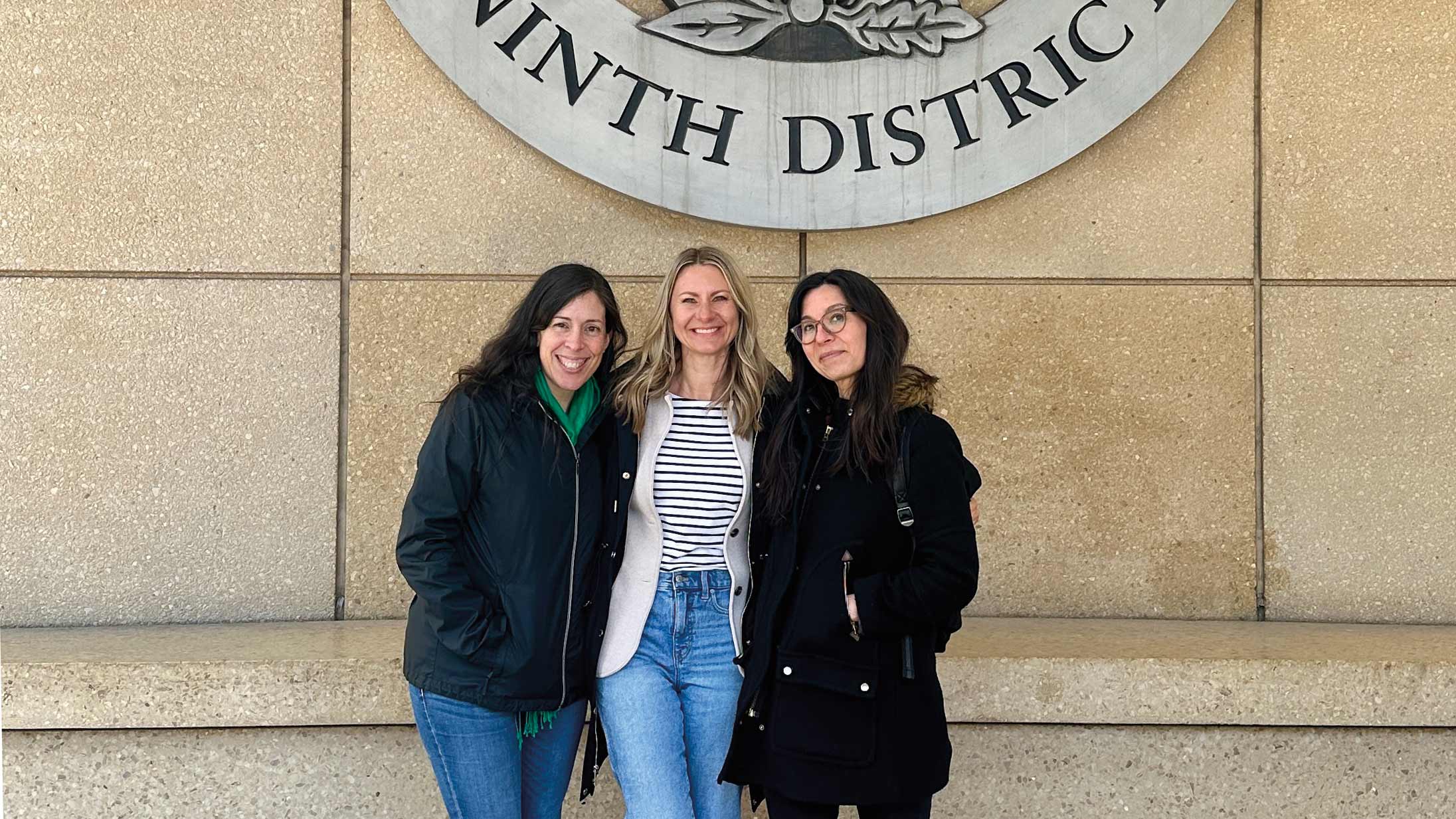 This year’s annual report is about two interwoven monetary policy journeys.
This year’s annual report is about two interwoven monetary policy journeys.
The first journey is my own. Early in 2012, I suggested in public remarks that the Federal Open Market Committee might need to raise the fed funds rate considerably earlier than it was currently contemplating. Several months later, in September 2012, I gave a speech in Ironwood, Mich., recommending that the FOMC should commit to keeping the fed funds rate extraordinarily low until the unemployment rate fell below 5.5 percent, as long as the medium-term inflation outlook stayed sufficiently close to the Federal Reserve’s long-run 2 percent target and longer-term inflation expectations continued to be well anchored. (My proposal was closely related to one advanced by Charles Evans, president of the Federal Reserve Bank of Chicago, about a year previously.) The annual report provides details about why I favored the Ironwood proposal at the end of 2012, as opposed to my prior recommendations.
The second (and much more important) policy journey is that of the FOMC itself. In its January 2012 policy statement, the FOMC said that it
“...currently anticipates that economic conditions—including low rates of resource utilization and a subdued outlook for inflation over the medium run—are likely to warrant exceptionally low levels for the federal funds rate at least through late 2014.”
With this statement, the Committee gave information to the public about how long it intended to maintain the fed funds rate at extraordinarily low levels. But in its December 2012 policy statement, the FOMC switched to a different kind of communication. Instead of saying how long it expected the fed funds rate to remain low, it described economic conditions that would need to prevail before it would consider raising the fed funds rate. More specifically, the Committee announced that it
“...currently anticipates that this exceptionally low range for the federal funds rate will be appropriate at least as long as the unemployment rate remains above 6-1/2 percent, inflation between one and two years ahead is projected to be no more than a half percentage point above the Committee’s 2 percent longer-run goal, and longer-term inflation expectations continue to be well anchored.”
The annual report provides my thoughts about the significance of this change in Committee communications.
The report has a somewhat unusual structure. It consists of edited versions of two distinct interviews with me, conducted by Doug Clement of the Federal Reserve Bank of Minneapolis. The first took place in November 2012, after my Ironwood speech but before the Committee’s change in communications. Consequently, it focuses more on my policy journey. The second interview took place in December 2012, about a week after the Committee’s change in communications. It’s more informative about the other monetary policy journey, the FOMC’s.
But it would be a mistake to draw too sharp a distinction between these two journeys. My Ironwood proposal and the Committee’s new communication strategy have much in common. They both frame communication about the future course of policy in terms of quantitative goals—specific macroeconomic objectives the FOMC is seeking to achieve. I see this results-oriented approach to monetary policy as especially valuable in light of current U.S. macroeconomic conditions. But I believe it will likely continue to be valuable long into the future.
Narayana Kocherlakota
President
2012 Annual Report Essay
Better Policy through Better Communication: Two Conversations with Narayana Kocherlakota





